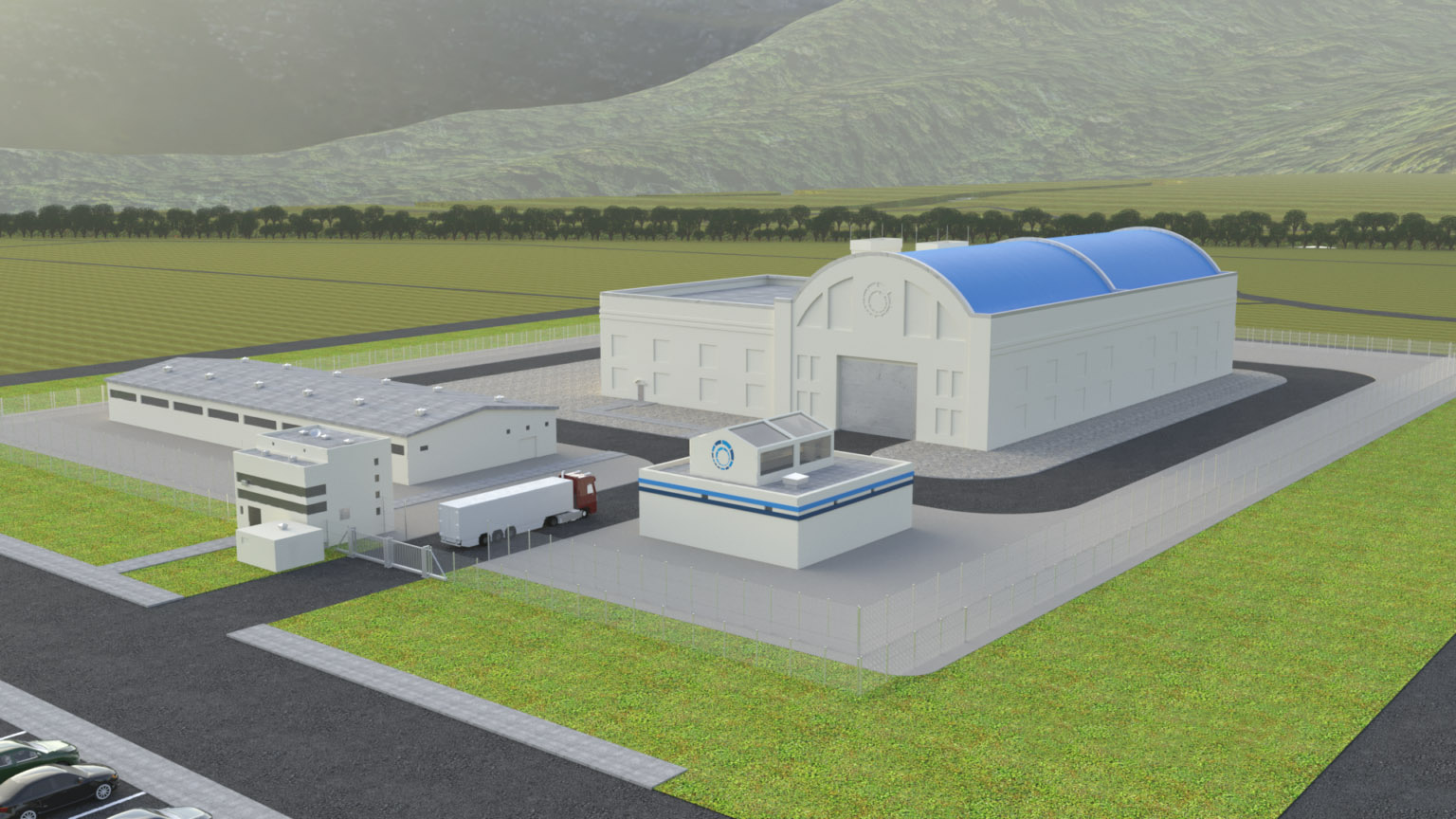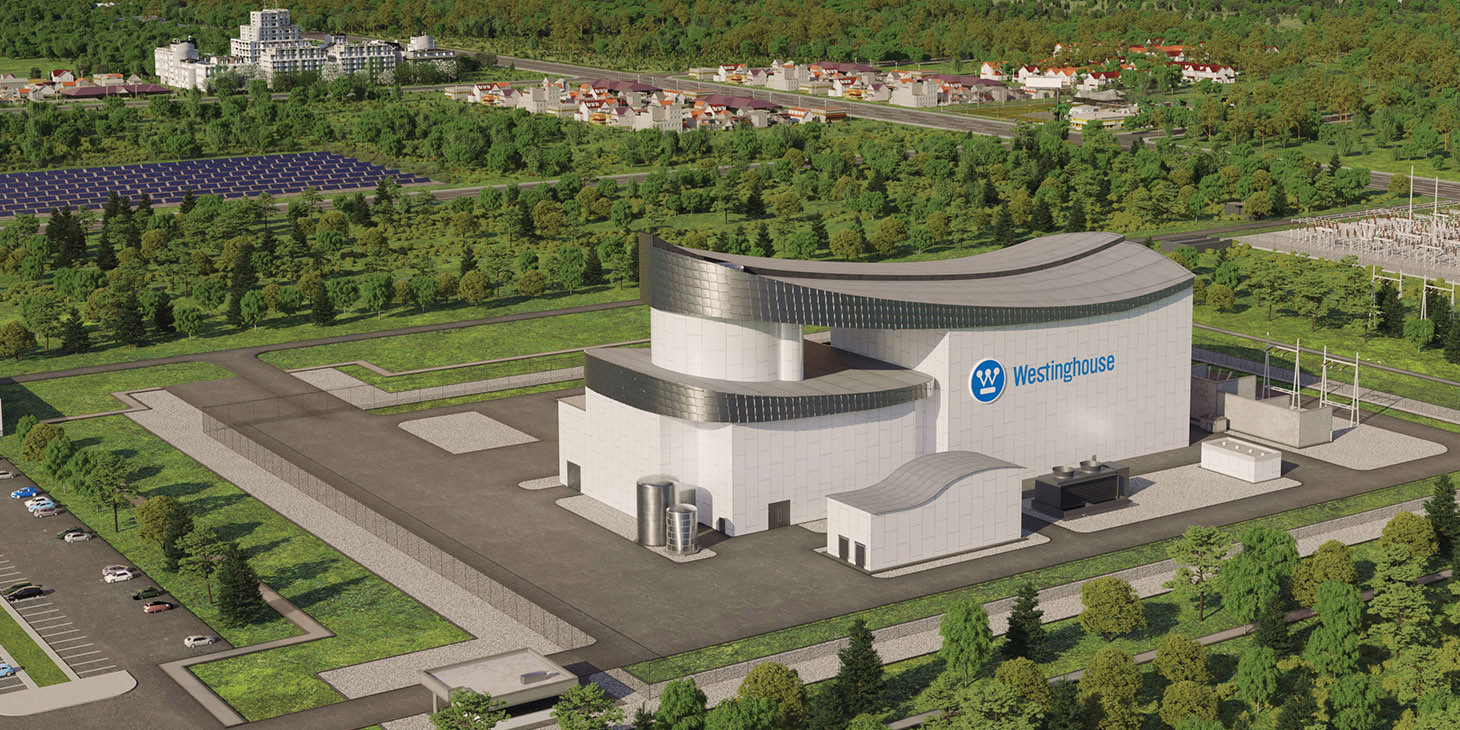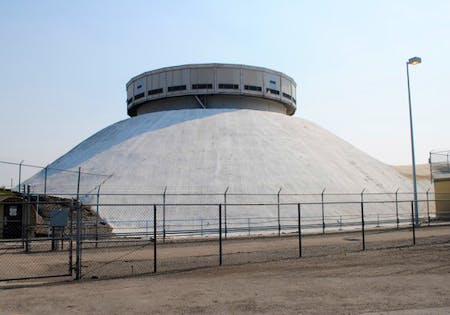Westinghouse’s eVinci microreactor. (Photo: Westinghouse)
Westinghouse Electric Company’s eVinci Advanced Logic System (ALS) Version 2 (v2) instrument and control (I&C) platform has received approval from the U.S. Nuclear Regulatory Commission through a final safety evaluation report on two topical reports.
The eVinci is now the first and only microreactor with an I&C system approved by the NRC, which opens a path to autonomous operation. The approvals also allow the ALS v2 platform to be used by any reactor currently in the U.S. fleet.
Officials of the ABS and INL gathered at a forum, where rules for floating nuclear power plants were unveiled. (Photo: INL)
A comprehensive set of rules and guidelines for floating nuclear power plants, Requirements for Nuclear Power Systems for Marine and Offshore Applications, has been released by the American Bureau of Shipping (ABS). According to the document, which, according to ABS, is the first of its kind for floating power plants, the rules and guidelines have been “developed for classification requirements specific to design, construction, and survey of vessels fitted with nuclear power systems whose generated power is transferred or distributed to onboard industrial or adjacent facilities.”
December 15, 2023, 4:56PMNuclear NewsDonna Kemp Spangler and Joel Hiller BWXT’s microreactor components would be designed to be transported directly from the factory to the deployment site. (Image: BWXT)
“The tools of the academic designer are a piece of paper and a pencil with an eraser. If a mistake is made, it can always be erased and changed. If the practical-reactor designer errs, he wears the mistake around his neck; it cannot be erased. Everyone sees it.”
Many in the nuclear community are familiar with this sentiment from Admiral Rickover. A generation of stagnation in the industry has underscored the truth of his words. But as economies around the world put a price on carbon emissions, there’s a renewed sense of urgency to deploy clean energy technologies. This shifts the global balance of economic competitiveness, and it’s clear that the best path forward for nuclear requires combining the agility of private innovators with the technology and capabilities of national laboratories.
Concept art for a Hermes plant. (Image: Kairos Power)
Kairos Power has received the go-ahead from the Nuclear Regulatory Commission to build its Hermes demonstration reactor at the Heritage Industrial Park in Oak Ridge, Tenn., making it the first non–light water reactor approved for construction in the United States in more than 50 years.
Experimental Breeder Reactor-II (Photo: ANL)
If you head west out of Idaho Falls on U.S. Highway 20 and make your way across the Snake River Plain, it won’t be long before you’ll notice a silver dome in the distance to the north. One of the most recognizable structures in the history of nuclear energy, Experimental Breeder Reactor-II stands out from the desert landscape. The 890-square-mile site on which EBR-II is located is the former National Reactor Testing Station, now known as Idaho National Laboratory.
The Integrated Effects Test at TerraPower’s laboratory in Everett, Wash. (Photo: Southern Company/TerraPower)
Southern Company, TerraPower, and Core Power (a U.K.-based firm focused on developing nuclear technologies for the maritime sector) have commenced pumped-salt operations in the Integrated Effects Test (IET) facility, the Atlanta, Ga.-based utility announced Tuesday, marking another milestone in the development of TerraPower’s first-of-a-kind, Generation IV Molten Chloride Fast Reactor (MCFR).
Conceptual art of the Hermes low-power demonstration reactor. (Image: Kairos Power)
The Nuclear Regulatory Commission staff has completed its final environmental impact statement (FEIS) for Kairos Power’s application to build the Hermes demonstration reactor in Oak Ridge, Tenn., and is advising that the construction permit (CP) be issued.
“After weighing the environmental, economic, technical, and other benefits against environmental and other costs, and considering reasonable alternatives, the NRC staff recommends, unless safety issues mandate otherwise, that the NRC issue the CP to Kairos,” the FEIS states.
PCAT is prepared for transport from INL to Pennsylvania for testing. (Photo: INL)
As global concerns about climate change and energy sustainability intensify, the need for cleaner and more efficient energy sources is more critical than ever. Nuclear power consistently emerges as an important part of the solution, driving the development of innovative technologies. While numerous fission technologies were built and proven in the early days of nuclear energy, times and regulations have changed. Between the 1950s and mid-1970s, Idaho National Laboratory built 52 reactors—then paused for five decades. Can this nation return to the frontier once again, embarking on new fission technologies? With a mature regulatory environment and increasing public support, how quickly can a new non–light water system be deployed in modern times?
Concept art of the six-module Carbon Free Power Project, to be sited at INL. (Image: NuScale)
CFPP LLC, the limited liability company established by Utah Associated Municipal Power Systems (UAMPS) in 2020 to bring its Carbon Free Power Project to fruition, has applied to the Nuclear Regulatory Commission for a limited work authorization (LWA) to permit certain early project construction activities prior to the issuance of a combined license (COL). In a July 31 news release, CFPP said that should its application be approved, early-scope construction on the small modular reactor project would likely begin in mid-2025.
The National Reactor Testing Station (Photo: DOE)
Gas-cooled reactors have roots that reach way back to the development of early experimental reactors in the United States and Europe. In the United States, early experimental reactors at Oak Ridge and Brookhaven National Laboratories were air-cooled, as were early production reactors known as the “Windscale Piles” in the United Kingdom. Dragon, also located in the United Kingdon and operational from 1965 to 1976, used helium as the coolant and graphite as the moderator.
A rendering of the Hermes low-power demonstration reactor. (Image: Kairos Power)
Having completed its review of the construction permit application for Kairos Power’s Hermes test reactor early last month, the Nuclear Regulatory Commission’s Advisory Committee on Reactor Safeguards (ACRS) recently submitted its conclusions to the agency, recommending approval.
May 5, 2023, 3:03PMNuclear NewsCory Hatch and Richard Boardman At INL’s HTSE testing facility, researchers are advancing hydrogen production by shepherding HTSE through a series of technological advancements, economic analyses, and testing. (Photo: INL)
On December 20, 1951, researchers used energy produced by Experimental Breeder Reactor-I near Arco, Idaho, to illuminate four 200-watt lightbulbs. Since then, utilities have built commercial nuclear power plants in the United States almost exclusively to generate electricity. This has worked well alongside other power generation and transmission infrastructure—large oil- and coal-fired, natural gas turbine or hydroelectric plants, and a relatively simple electrical grid designed to deliver reliable power.
Humanity is now embarking on an epic and complex energy transformation across the grid, industry, and transportation. Renewables like wind and solar are contributing an increasing share of carbon-free electricity to the grid, but that contribution is variable and hard to predict—sometimes those sources produce more electricity than the grid needs, and sometimes less.
Rendering of a Westinghouse AP300 plant. (Image: Westinghouse)
At a virtual press conference this morning, Westinghouse Electric Company president and chief executive officer Patrick Fragman announced the launch of the AP300 small modular reactor, a 300-MWe, 900-MWth single-loop pressurized water reactor based on the company’s larger AP1000 unit. Fragman was joined at the conference by David Durham, president of energy systems for Westinghouse, and Rita Baranwal, the firm’s chief technology officer. The company also released a short video introducing the AP300 on YouTube.
Pictured at the DOE's EM headquarters, from left, are Ana Han, foreign affairs specialist, EM International Program; Joceline Nahigian, director, EM Office of Intergovernmental and Stakeholder Programs; Scott Whiteford, deputy director, DOE Office of Legacy Management; William “Ike” White, EM senior advisor; Masaki Nakagawa, special advisor to executive directors, NDF; Tokuhiro Yamamoto, executive director, NDF; Shin Morita, managing director, International Affairs Group, NDF; Taro Hokugo, managing director, International Affairs Group, NDF; Jeff Avery, EM principal deputy assistant secretary; Angela Watmore, deputy assistant secretary, EM Office of Acquisition and Project Management; and Ming Zhu, EM senior advisor for laboratory policy. (Photo: DOE)
Representatives from the Japan Nuclear Damage Compensation and Decommissioning Facilitation Corporation (NDF) recently visited the Department of Energy's Office of Environmental Management (EM) headquarters in Washington, D.C., and the Hanford Site in Washington state to promote collaboration and provide updates on the status and plans to decommission Japan's Fukushima Daiichi nuclear power plant. The Great East Japan Earthquake of March 11, 2011, caused damage to the plant and surrounding communities. The NDF was created in September 2011 to oversee the decommissioning and cleanup of the plant, which is owned by the Tokyo Electric Power Company.
MCRE could be built inside the ZPPR cell (shown here) at INL’s Materials and Fuels Complex. (Photo: INL)
A tiny 200-kWt reactor the Department of Energy says would be the first critical fast-spectrum circulating fuel reactor and the first fast-spectrum molten salt reactor (MSR) could be built and operated inside the Zero Power Physics Reactor (ZPPR) cell at Idaho National Laboratory’s Materials and Fuels Center (MFC). Details included in the Molten Chloride Reactor Experiment (MCRE) draft environmental assessment (EA)—released on March 16 for two weeks of public comment (later extended to four weeks, through April 14)—covered the potential environmental impacts associated with the development, construction, operation, and decommissioning of MCRE at INL, facilitated by the National Reactor Innovation Center (NRIC).
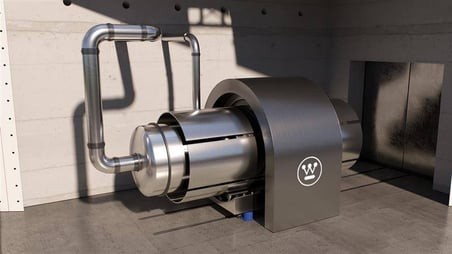


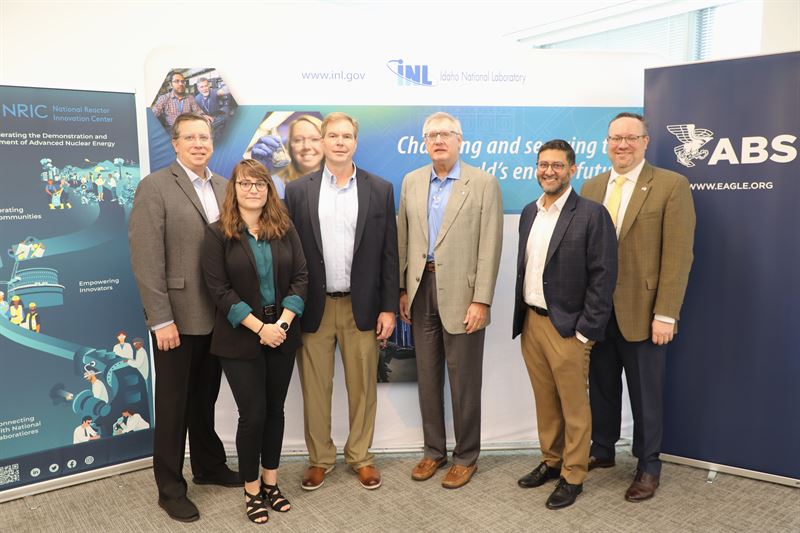


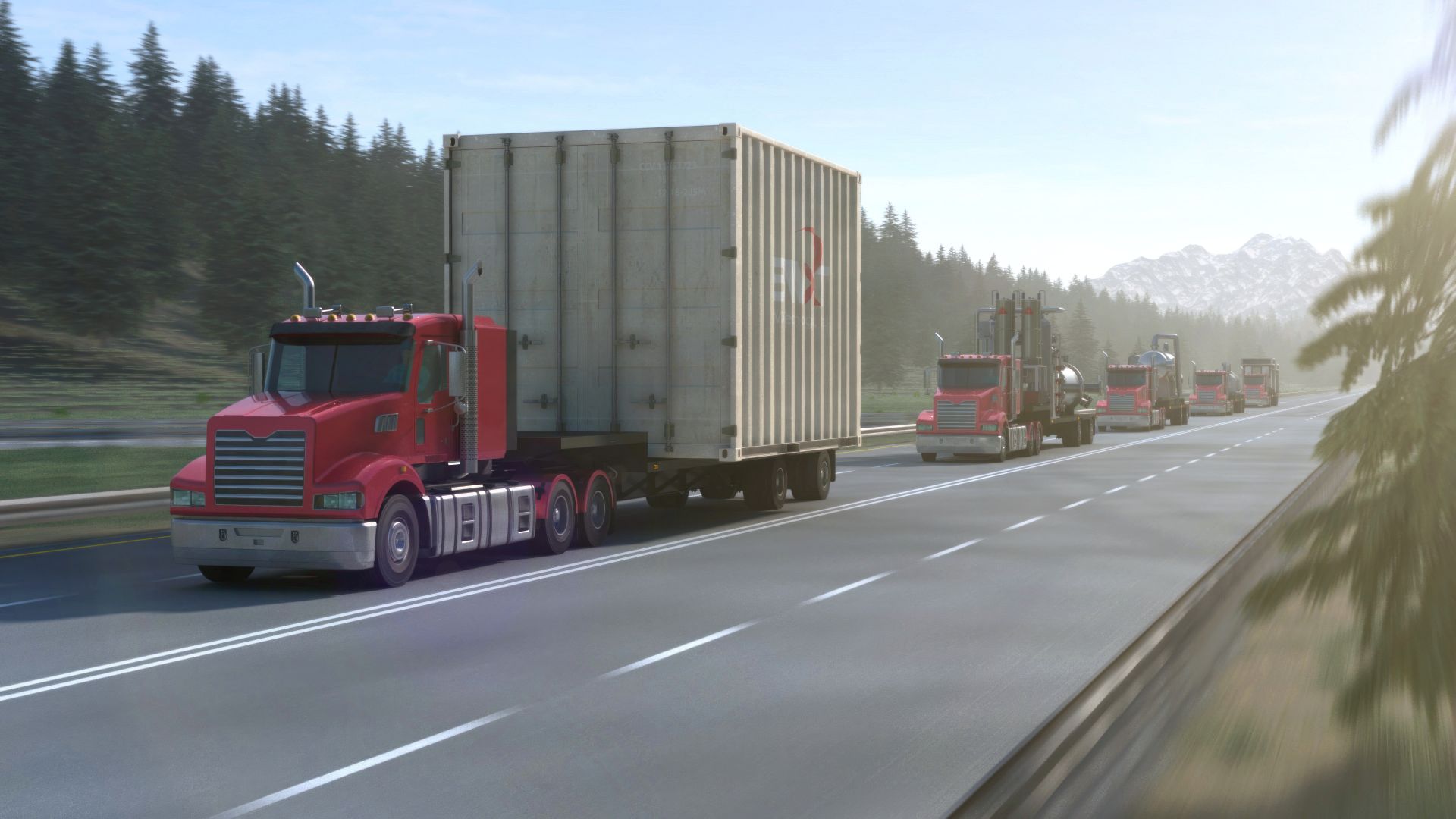
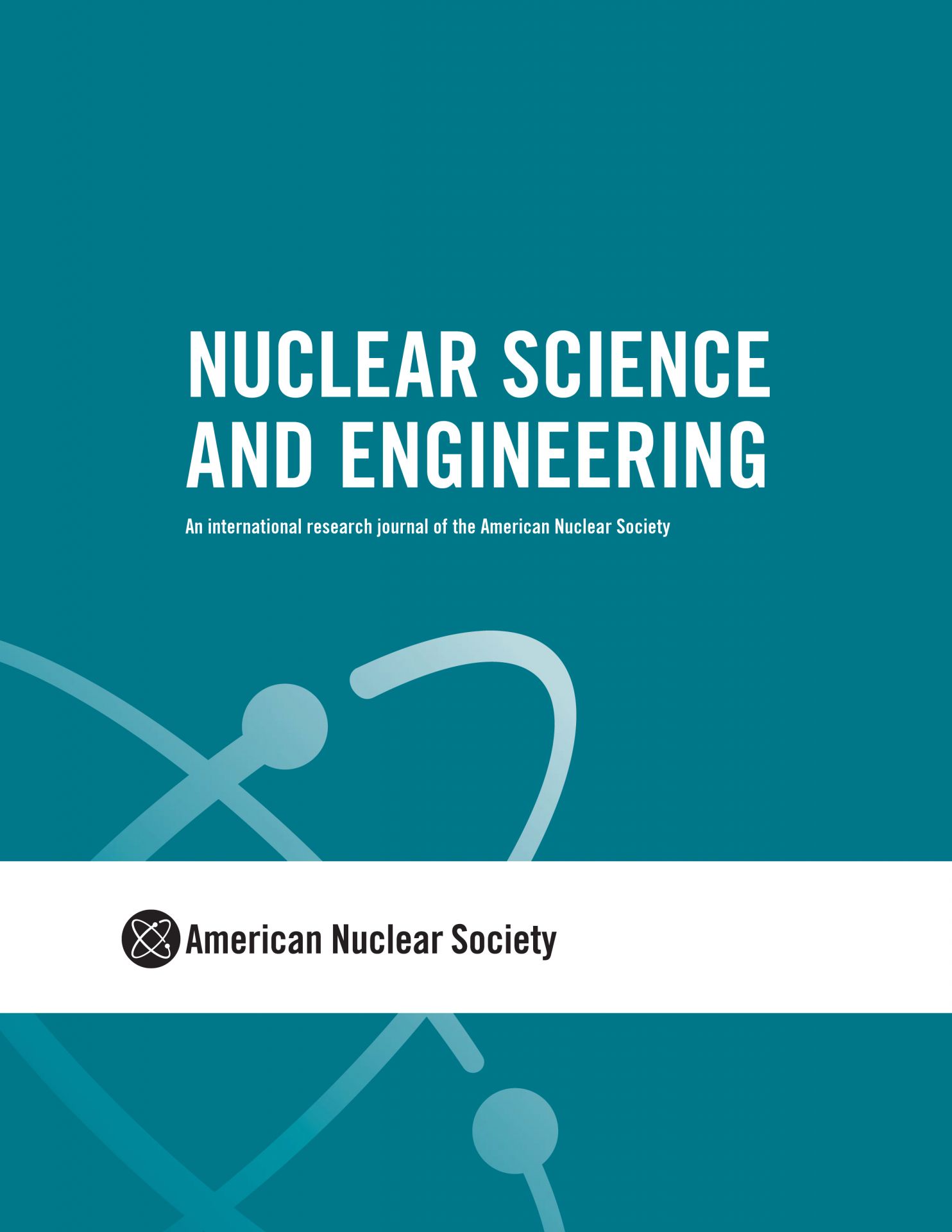 Two teams of guest editors from Idaho National Laboratory have announced plans for special issues of the American Nuclear Society's Nuclear Science and Engineering, the nuclear community’s longest-running technical journal. Abdalla Abou Jaoude and Abderrafi M. Ougouag are leading the NSE issue Technical Challenges and Opportunities in the Development and Deployment of Microreactors, while Joseph Nielsen and Piyush Sabharwall are organizing the NSE issue Irradiation Experiments Supporting Advanced Nuclear Technologies.
Two teams of guest editors from Idaho National Laboratory have announced plans for special issues of the American Nuclear Society's Nuclear Science and Engineering, the nuclear community’s longest-running technical journal. Abdalla Abou Jaoude and Abderrafi M. Ougouag are leading the NSE issue Technical Challenges and Opportunities in the Development and Deployment of Microreactors, while Joseph Nielsen and Piyush Sabharwall are organizing the NSE issue Irradiation Experiments Supporting Advanced Nuclear Technologies.
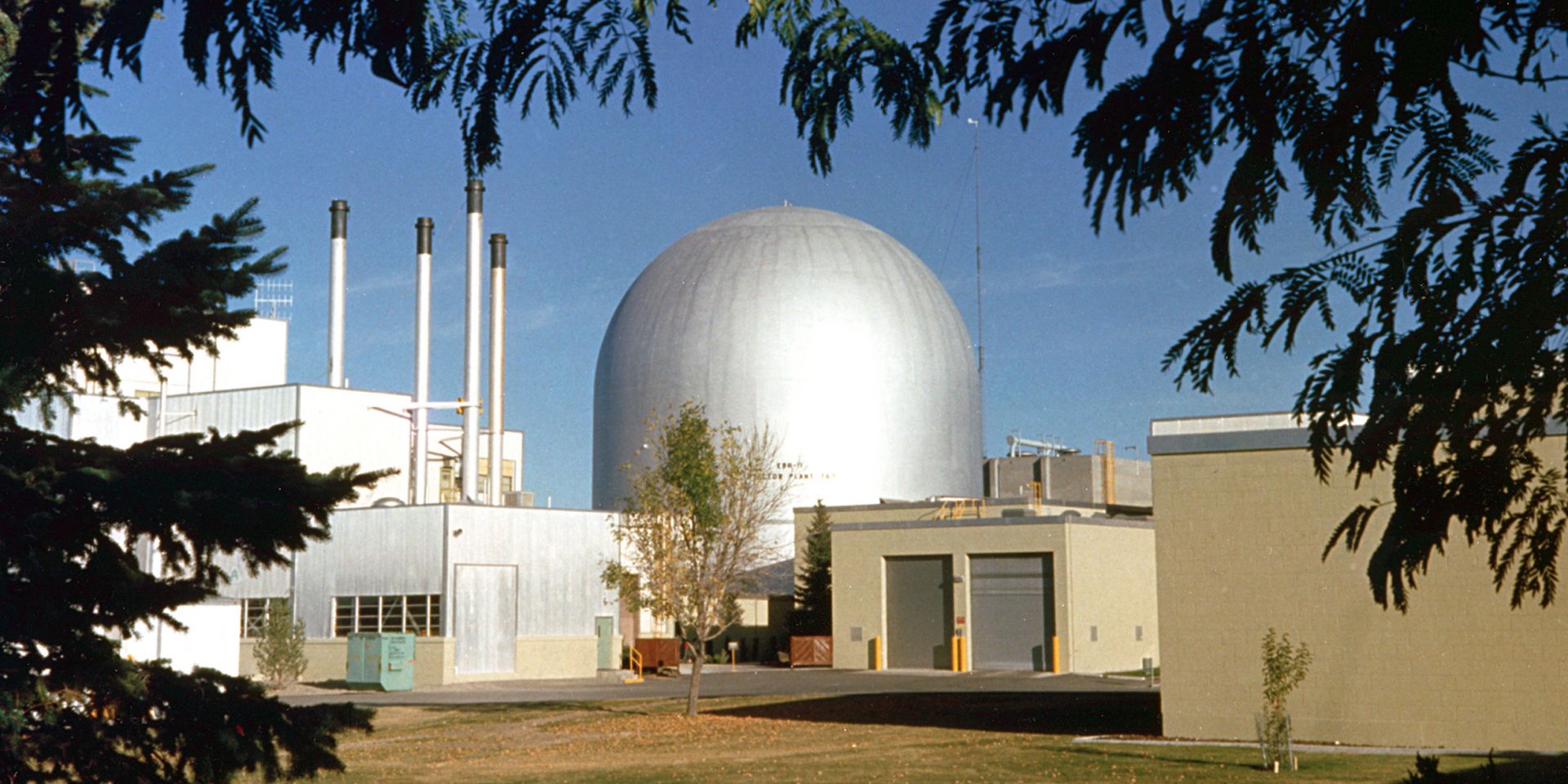

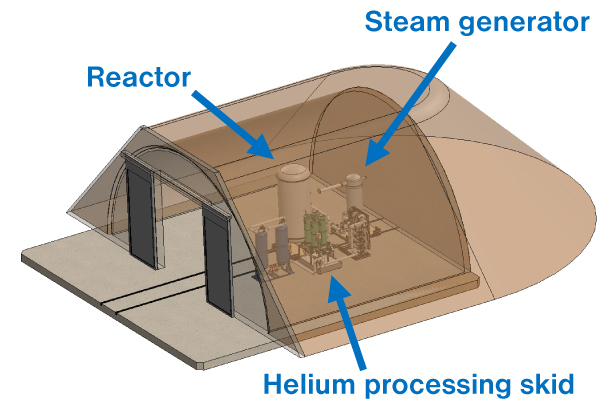

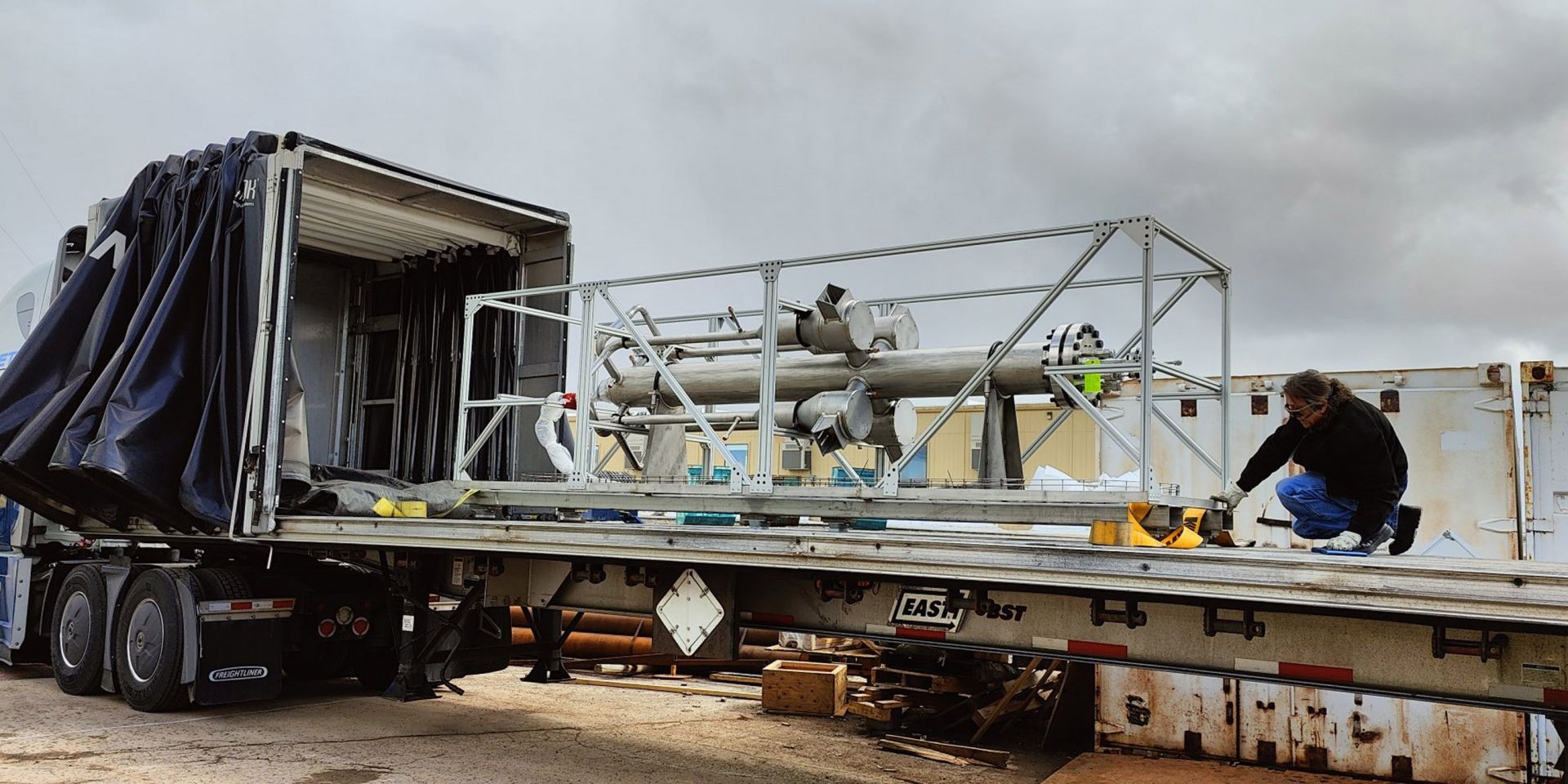

 2x1.jpg)
